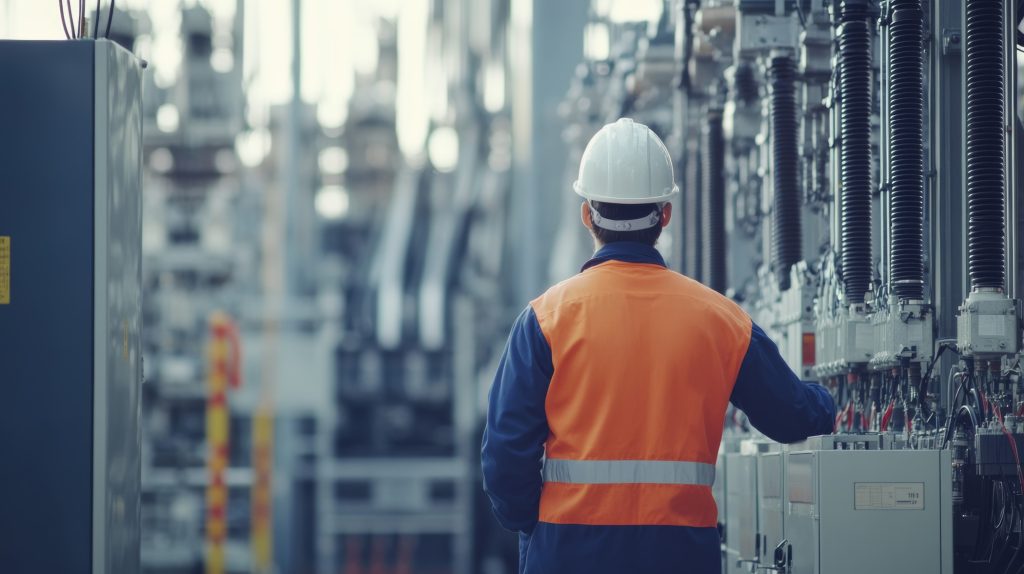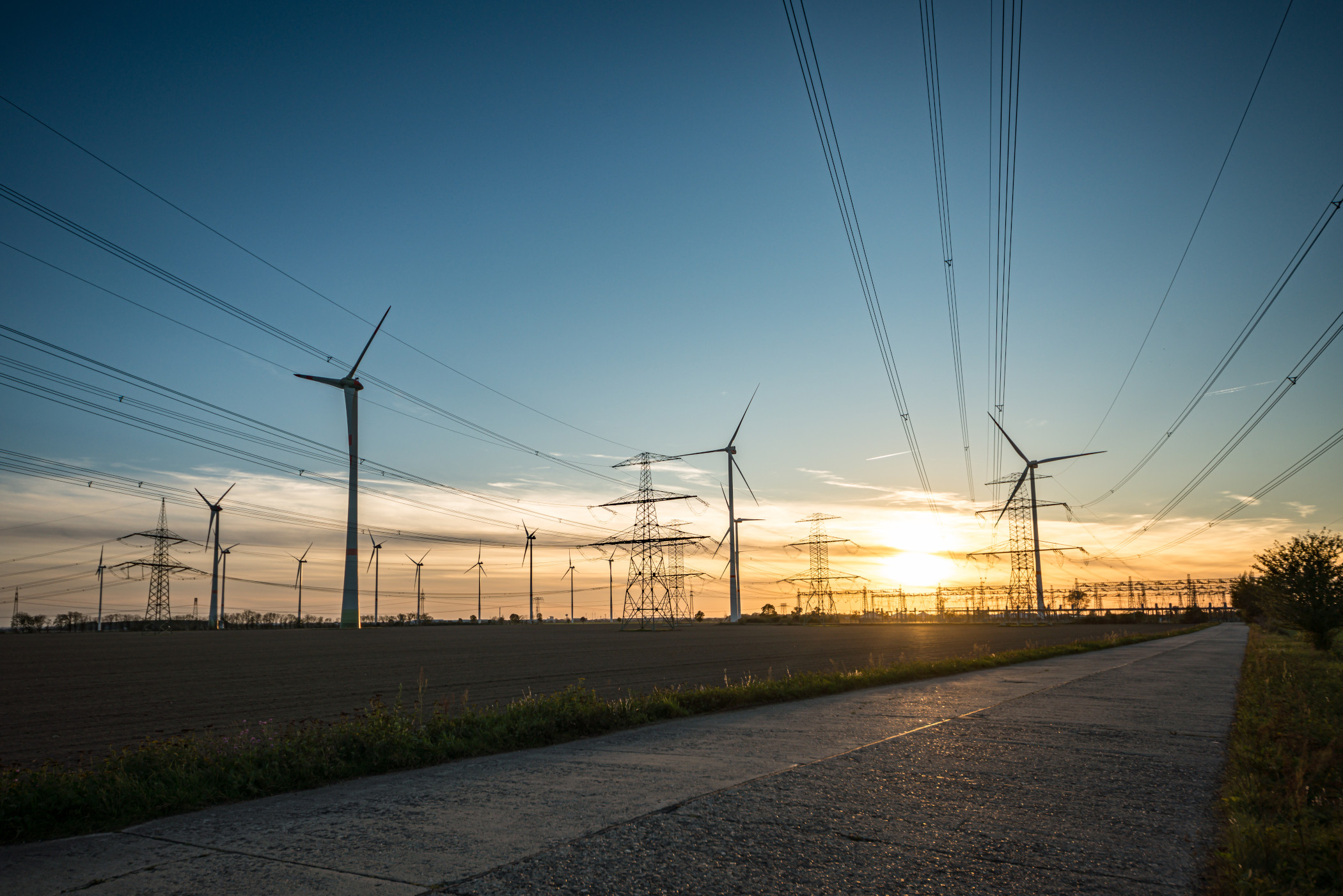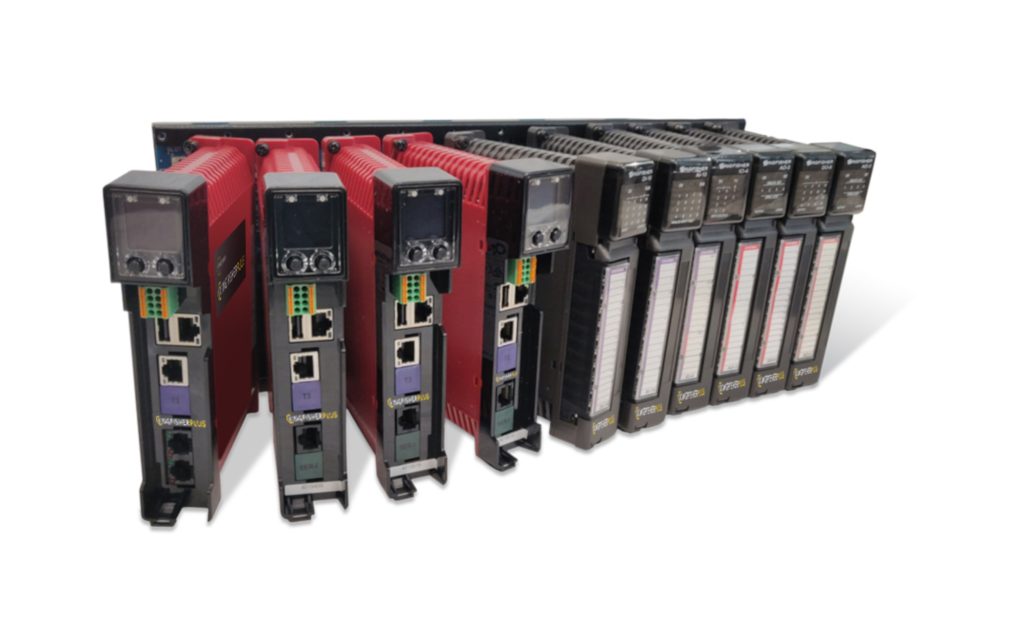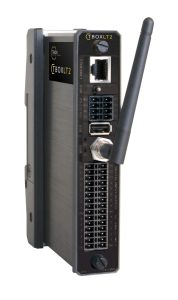
Is cloud computing reaching its limit for instrumentation and measurement infrastructure? Though the cloud once revolutionized data management, it is proving less and less suitable for environments where latency, bandwidth, and energy efficiency are critical. In response, industries are turning to edge computing. But edge systems present their own challenges, such as device compatibility and complex management. Here, Roy Gerding, product line director of water monitoring and control and critical infrastructure at Ovarro, discusses how remote telemetry units (RTUs) can maximize the benefits of edge computing.
By Roy Gerding, Product Line Director, Ovarro
With projected global spending expected to hit $380 billion by 2028, according to the International Data Corporation (IDC) — a compound annual growth rate (CAGR) of 13.8 per cent — edge computing is moving
data processing closer to the source.
Edge computing is when data is processed close to where it is created — like right at a sensor or device — instead of being sent far away to a central server or cloud. Its advantages, as reported by the IDC, include “faster decision-making, improved security, and cost savings.”
Furthermore, the shift to edge computing will also be crucial in industries reliant on accurate, real-time telemetry. They include utilities, energy, water, and critical infrastructure, where milliseconds matter and sustainability is an operational imperative.
Cloud’s challenge, edge’s opportunity
Cloud architecture was once celebrated for centralizing information. But latency from distant data centers, combined with bandwidth constraints, security risks, and rising costs for high-volume data transfers, has made cloud less practical for high-density sensor networks.
In remote and infrastructure-critical settings, cloud dependence also introduces risk. Telemetry data that supports load balancing, outage detection, and predictive maintenance cannot afford to wait. Edge computing, by contrast, processes data at the perimeter of the network — right where it is captured — leading to faster, leaner, and more secure operations.

Why instrumentation demands edge
Edge systems are well suited to sensor-heavy environments such as water networks or urban energy grids. Here, remote telemetry units (RTUs) not only collect data but also filter, log, analyze, and transmit actionable insights. The benefit is not just faster decision making — it is resource optimization and energy reduction across the whole system.
The advantages are particularly evident in scenarios where instrumentation platforms are distributed across wide geographies. Managing and maintaining this infrastructure requires hardware that is rugged, interoperable, and future proof.
RTUs have performed edge-like functions since the 1930s, when they first appeared in electrical distribution control. Throughout the 1970s and beyond, as microcomputers enabled more sophisticated control logic, RTUs evolved into highly capable, intelligent field devices. Today, they offer protocol conversion, data logging, and even display capabilities — blending IT and OT seamlessly.
Ovarro’s RTU families — Seprol, Datawatt, TBox and Kingfisher — have been developed to serve specific industries with distinct telemetry needs. Seprol, for example, is certified to Water Industry Telemetry Standards in the UK, while Datawatt is deeply embedded in Dutch water and energy grids. TBox supports globally distributed operations with modular configurations and Kingfisher is built for scale, enabling reliable data handling across high-demand environments.


Enhanced cybersecurity and a smarter grid
Beijing Gas Group uses Kingfisher RTUs to manage a 20,000-kilometer natural gas network delivering 18 billion cubic meters annually. This vast SCADA system relies on RTUs for resilience, redundancy, and real-time control, incorporating technologies like Distributed Network Protocol 3.0 and fiber-optic communication.
Meanwhile, in the Netherlands, energy provider Juva deployed the Datawatt Smart Grid (DSG) RTU series to solve challenges in managing low- and medium-voltage assets. With fluctuating data from over 250 substations across a 30 km² area, Juva needed more than basic monitoring. Ovarro’s solution used Rogowski coils for precision voltage measurement and RTUs for secure data handling. The result: faster installation, enhanced cybersecurity, and a smarter grid.
This example shows how RTUs can support industrial edge computing. Models like the TBox LT2 and MS-CPU32-S2 incorporate extended input/output (I/O) modules, long service life components, and advanced communication protocols. Upcoming support for LTE-M further aligns TBox with modern IoT standards and remote deployment requirements.
These RTUs support protocols like MQTT, Modbus, and OPC-UA, ensuring that as sensor networks grow and software platforms evolve, interoperability remains intact. This is particularly important in mixed environments where multiple sensor types and vendors coexist.
The sustainability case for edge RTUs
While performance is key, sustainability is no longer a bonus — it is a mandate. Edge architecture drastically cuts unnecessary data transmission, easing the load on networks and data centers. That means lower energy consumption, fewer emissions, and lighter IT footprints.
RTUs play a central role in this shift. They allow industries to achieve environmental goals without compromising operational insight or system reliability.
The future of edge computing in measurement and telemetry will be defined by intelligence. As more decisions shift to the edge, RTUs will become platforms for localized AI, supporting smarter alerting, diagnostics, and automation. And with decades of evolution behind them, RTUs are more than ready for that responsibility.
As infrastructure systems grow smarter and more distributed, one truth is clear: measurement matters more than ever — and the edge is where it is happening.
About Ovarro
Ovarro’s technology is used throughout the world to monitor, control, and manage critical and national infrastructure.
Ovarro’s connected technology is always there, always on. Secure, proven, trusted: integrating seamlessly with their clients’ assets. Collecting and communicating data from some of the most remote locations and harshest environments on the planet. Enabling businesses to work smarter and more effectively. Ovarro works with customers across water, oil and gas, broadcast, and transportation to help monitor, control, and manage their assets.

